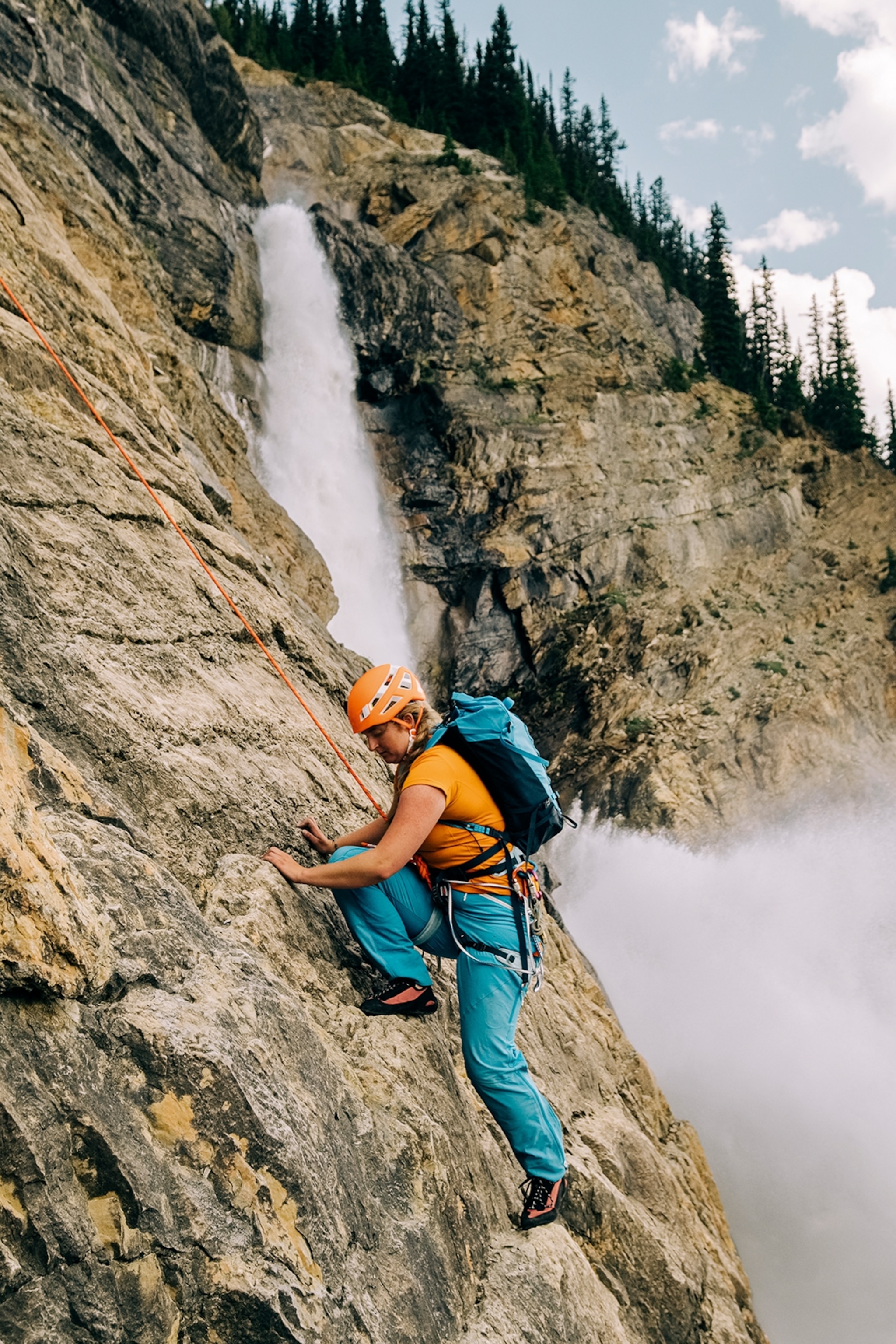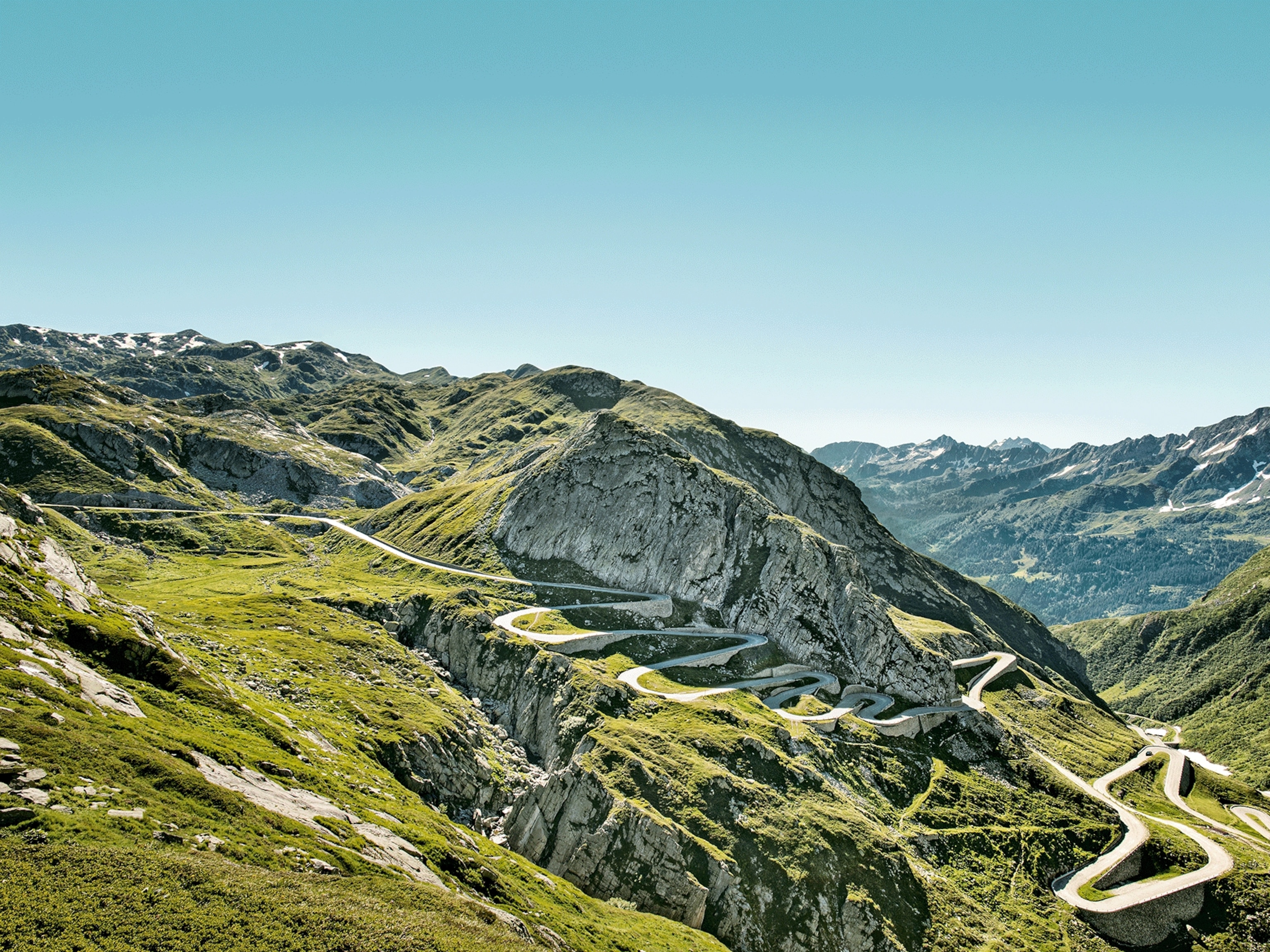
How to plan an epic road trip through the Canadian Rocky Mountains
Canadian travel writer, tour guide and Rockies native Patrick Twomey shares his expert tips on how to get the most out of Canada's big mountain country.
Calgary in Alberta and Vancouver in British Columbia are the key international gateway cities to the Canadian Rocky Mountains, which sit astride the two provinces. For an instant hit of big country vistas, start in Calgary and drive west, and you’ll be in the deep Rockies within 45 minutes. That ‘wow’ moment takes much longer from Vancouver or Edmonton, Alberta’s other gateway city.
The classic trip
Start in Alberta’s capital, Edmonton, and allow time to visit River Valley, Canada’s largest urban park. Heading west, the drive to the mountains takes about three hours as you transition from the prairies to the foothills and finally enter Jasper National Park. Spend two nights in the area — you’ll see wildlife throughout most of the year. Jasper has half as many hotels as Banff, so book ahead and shop around for deals. Next, drive south on Highway 93 to Banff National Park, taking in the Columbia Icefields. Stay two nights in the Banff/Lake Louise area and then continue south on Highway 93 through Kootenay National Park. Stay a night in Radium Hot Springs (take a dip in the pools) before continuing south for spectacular views at Crowsnest Pass and Waterton Lakes National Park. From Waterton, it’s a nice three-hour drive to Calgary, but I recommend stopping at UNESCO Heritage site, Head-Smashed-in Buffalo Jump, an Indigenous mass-hunting site where bison were driven off the cliff. Then backtrack to Highway 22 for panoramic views at Highwood Pass, the highest in Canada.


The fast-track trip
On a two-to-three-day route from Calgary don’t miss Three Sisters, a spectacular trio of mountains near Canmore, and visit Canmore Nordic Centre, a hub for cross-country skiing at the 1988 Winter Olympics — also great for mountain biking. As a base, Canmore is a good alternative to Banff or Jasper, offering a more diverse range of accommodation. Follow the unpaved road to the lakes and river of Spray Valley Provincial Park or, from Canmore head to Banff National Park to loop around Lake Minnewanka. Beyond the town of Banff, Cave and Basin, a significant indigenous site for more than 10,000 years, was the birthplace of Canada’s national park system.
From Banff the following morning, walk up Sleeping Buffalo (aka Tunnel Mountain) to summit an easy Rockies’ peak. Alternatively, drive to Norquay ski resort to walk the 2.6 mile Stoney Lookout loop through evergreen forest. Accessible year round, it has virtually no foot traffic and offers the best views of distinctive Cascade Mountain and the mighty Western Cordillera’s front ranges.
On day three, drive to Lake Louise for sunrise. In good weather take the summer chairlift from its ski area, a good vantage point for grizzlies. Then head into Yoho National Park and drive up to Takkakaw Falls; the road open May/June-September/October. Don’t miss lunch at Truffle Pigs Bistro & Lodge in the town of Field, for laidback, gourmet Rockies dining. See more of Patrick’s travel tips
Highlights
Peter Lougheed Park
This provincial park in Alberta’s Kananaskis Country is home to Highwood, Canada’s highest pass (closes Oct-May for animal migration). It’s less accessible for coach tours, but wildlife is abundant including grizzly and black bears, elk, deer, moose, and even cougars, lynx and Rocky Mountain wolf.
Near Lake Louise, via a hairpin road, these ‘magnificent’ waterfalls (their meaning in Cree) are among Canada’s highest. Here, meltwater from the Daly Glacier thunders into the Yoho Valley overlooked by 3,189m Cathedral Peak. This is excellent terrain for backcountry hiking and camping (pack your bear spray).
Jasper dark skies
A wider valley than Banff, Jasper has dimmed its lights, making the Aurora Borealis more visible. Along with Yellowknife in the Northwest Territories, this is one of Canada’s Northern Lights hubs. December to March is peak season, with starry skies year-round in good weather.
Until the Industrial Revolution, this precipice, where the Rockies rise from the prairies, hosted the world’s largest meat harvest. Today, it’s one of the best-preserved sites illustrating the hunting techniques used for millennia by Plains People.
To subscribe to National Geographic Traveller (UK) magazine click here. (Available in select countries only).





